
Team building seems like a pretty straightforward affair.
You gather all your employees for an impromptu fun activity such as laser tag or bumper cars, you all have a few laughs, and then everyone leaves with a smile on their face.
However, if that’s all your team building consists of, you’re actually committing quite a few mistakes that will have the opposite effect of what you want to achieve – your developers will start to resent you.
In this article, we’ll show you some critical yet frighteningly common team-building mistakes so that you make sure to steer clear of them.
Table of Contents
Not Focusing on Results
Why are you organizing a team-building session? This is the first question to ask yourself. Is it to strengthen teamwork between the newer hires and more seasoned employees?
To improve communication skills? To practice problem-solving? Each different team-building activity will help build a particular skill set.
Therefore, when arranging a team building, ensure you have a clear objective in mind. There’s no point in going to paintball because your team members like paintball.
The team building should be curated to create a particular favorable outcome for your work dynamic.
In fact, studies have proven that creating a specific goal, as opposed to vague ideas, produces significantly better results.
Take a look at the graph below:

Specifying hard goals has resulted in higher numbers of the percent of legal net weight. On the other hand, just saying ’do better’ achieved almost nothing.
In the context of software development, Templafy is a good example.

Get unreal data to fix real issues in your app & web.
They organize regular project days – sessions dedicated to activities outside developers’ everyday work, such as new technologies or code refactoring.
These practices inspire creativity and promote teamwork across the Development department and have resulted in positive experiences for everyone:

The exercise benefits both employee and employer, partially because there was a concrete objective in mind. Templafy didn’t just take all of their developers’ go-karting because it’s fun.
Instead, they devised the day intending to improve two specific areas and had resounding success.
If you’re having trouble pinning done your desired results, a helpful tactic is the five Ws method, i.e., asking yourself these five questions:
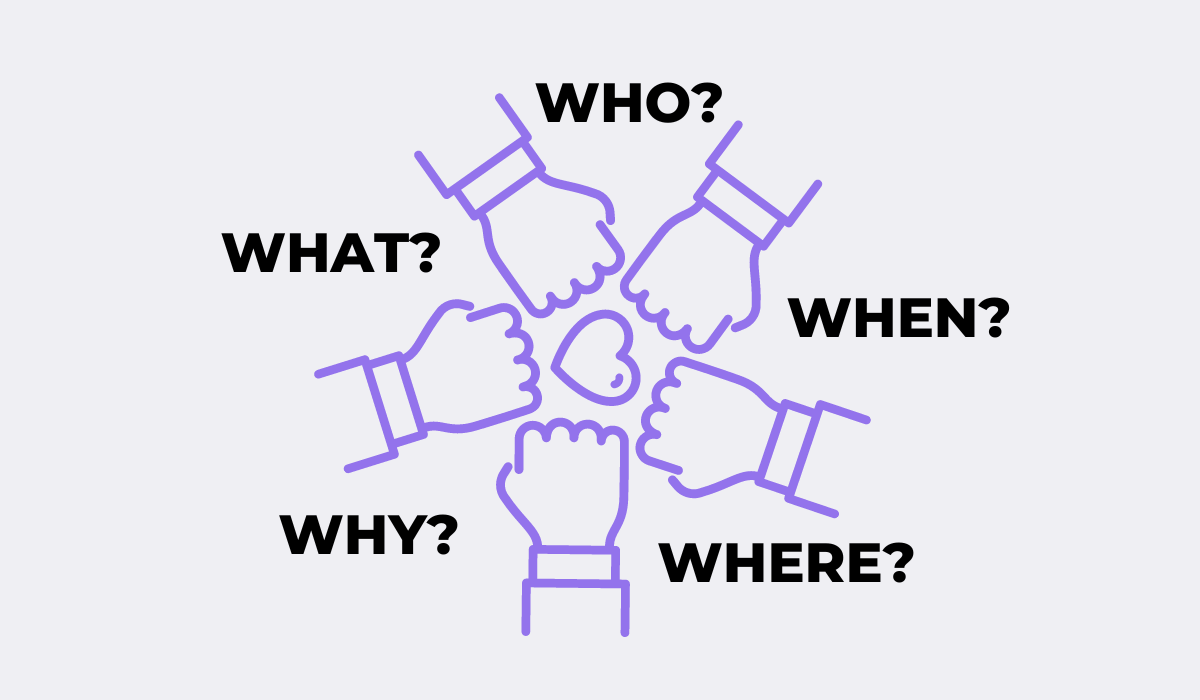
Once you have your five answers, you’ll be able to pin down what exactly you want your team building to accomplish. For example, in Templafy’s case, the answer would probably resemble:
“Our Development department was occupied with monotonous, solitary work this past quarter. To ensure they don’t become disinterested and inattentive, we’ll organize an in-house project day every two weeks to inspire creativity and cooperation.”
Try out the method yourself, and you’ll likely arrange a superb, goal-oriented team-building session.
Not Preparing the Team For the Event
Whatever objective and activity you choose, make sure your developers know about it. You don’t want to keep them in the dark and have them show up unprepared.
Let them know what they can expect so that they can enjoy themselves.
For example, specify the dress code if you’re going out for dinner. Is it a formal affair or a casual burger joint? No one wants to attend a black-tie establishment in shorts.
What if someone has dietary restrictions? Organize a poll so that no one leaves hungry. Provide as much information as possible so that all your developers can have a good time.
A seasoned team-building organizer had similar sentiments:
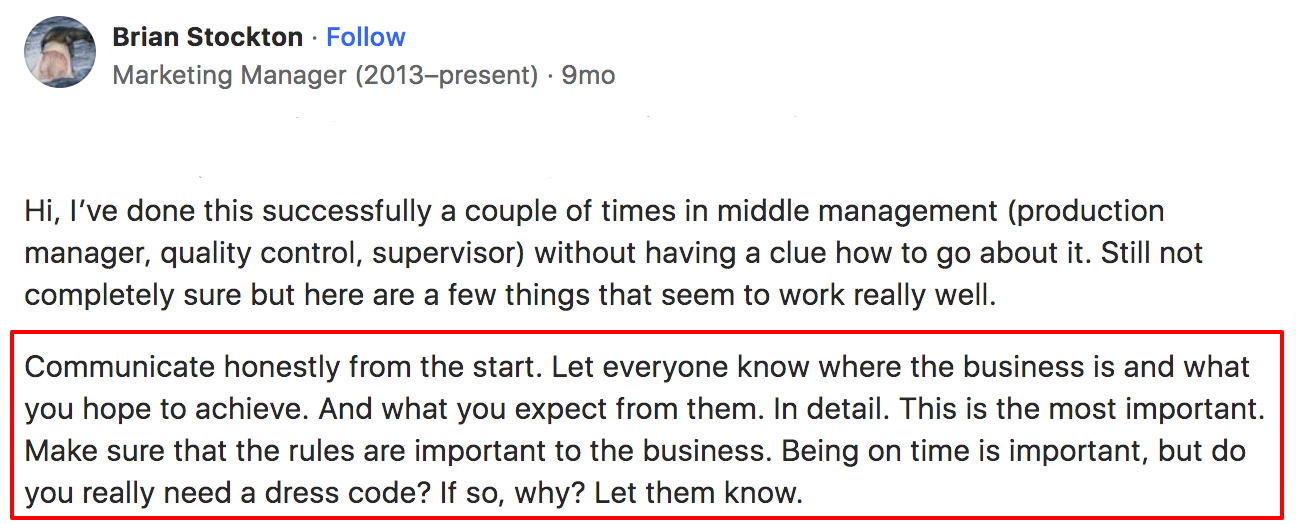
Not only does he advocate transparent communication, but he also emphasizes telling your employees what is expected of them.
If you’re building trust, let your developers know they’ll be pushed outside their comfort zone. If you’re working on communication, inform them they’ll learn how to express themselves.
Make sure they’re prepared; otherwise, you might not have a very productive session.
When communicating these details, gather all the necessary information in one accessible location; it doesn’t make sense to have it scattered all over the place.
That way, your developers can easily read up about the event.
Intranets are an excellent medium for this. These centralized company portals are perfect for sharing company- or department-wide information you want everyone to read.
Take a look at the example below. It’s describing a conference, but the same principle applies to team building:

With an intranet, you can list all relevant information about upcoming events – including team-building sessions. There, your employees will have the details in just a few clicks.
Also consider opening up a teambuilding-specific Slack channel, as it can be used as a Q&A station for everything team building-related.
Encourage your developers to ask away so that you can address any concerns they might have. You can also use it as a poll to ask for their opinion.
Here’s an example:
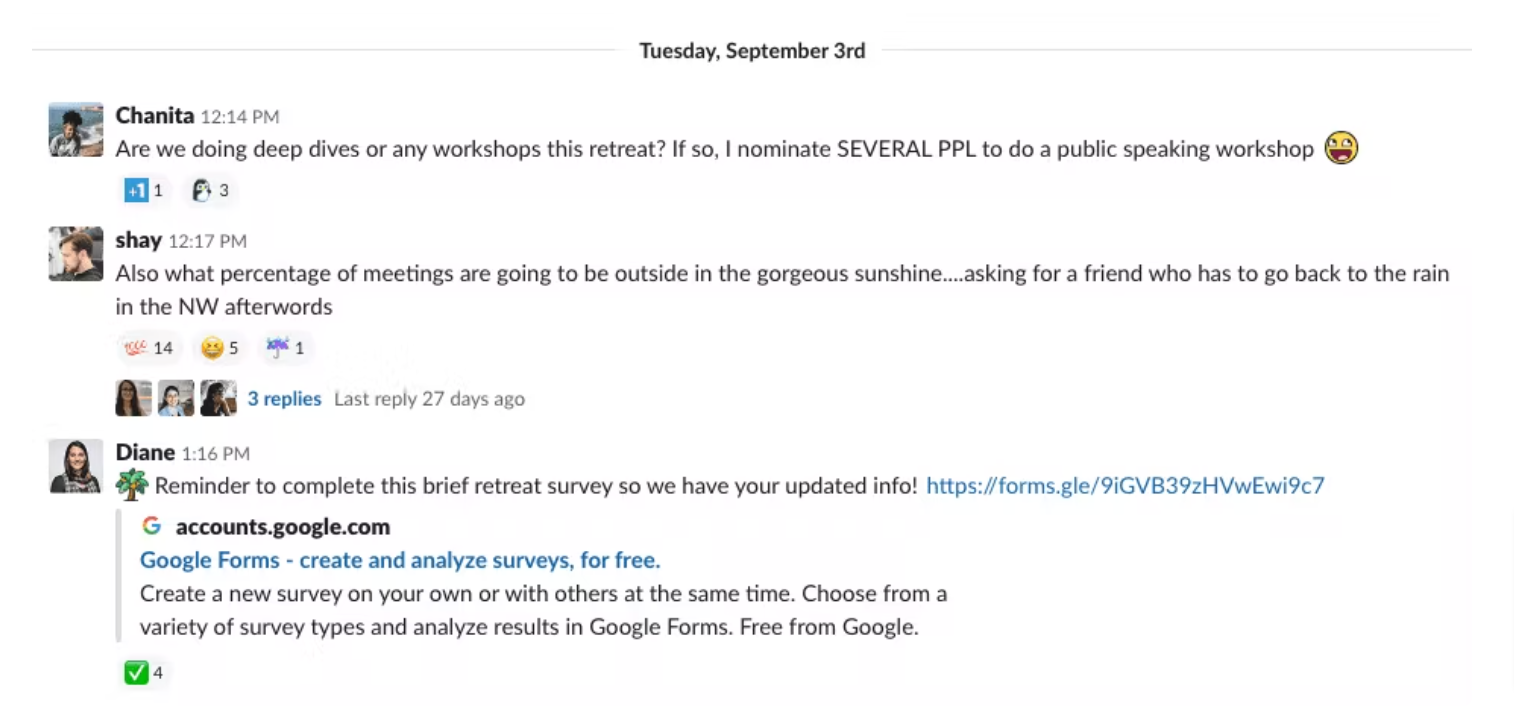
Not only could you use the channel to answer questions, but it’s also a great platform to remind your developers of the event and raise awareness.
Excite the team building; get your developers charged up!
Picking the Wrong Event For Your Team
When organizing your team building, don’t choose an activity just because you think most will enjoy it.
It’s essential to select a project everyone can get behind – that way; you don’t exclude a single person.
For example, consider disabilities. A scavenger hunt is a popular team-building choice, as it’s another great mix of physical and mental exercise.
However, a rigorous scavenger hunt is hardly a good idea if one of your team members has physical disabilities. Check out the video below:
This scavenger hunt is creative and well-designed, but you can clearly see that it’s not accessible to everyone.
If that’s the case with your team, it’s probably better to think of something else.
Since you’re organizing a team building for developers, try to pick a unique, exciting activity that aligns with their general skillset.
Developers tend to be systematic, practical, and, well, a little nerdy.
A soccer match doesn’t sound like their cup of tea; they’re more likely to appreciate a hackathon or playing team video games.
Or, if you want to find something unique, why not try a drone workshop?
The drone workshop should speak to your developers, as software is integral to drone development.
The machine is already loosely connected to their expertise, and now they’ll get to see the device in action.
Here’s a sneak peek of a drone building session:
Developers would typically build software for drones. Now, they’ll see the other side and learn how to make the hardware, which is sure to interest them.
At the end of the day, if you’re finding it impossible to satisfy everyone, you can always visit a center that offers multiple activities.
Team building facilities often provide several forms of entertainment, hosting paintball, trampolines, bumper cars, and more.
Just take a look at this venue – they offer four different categories:
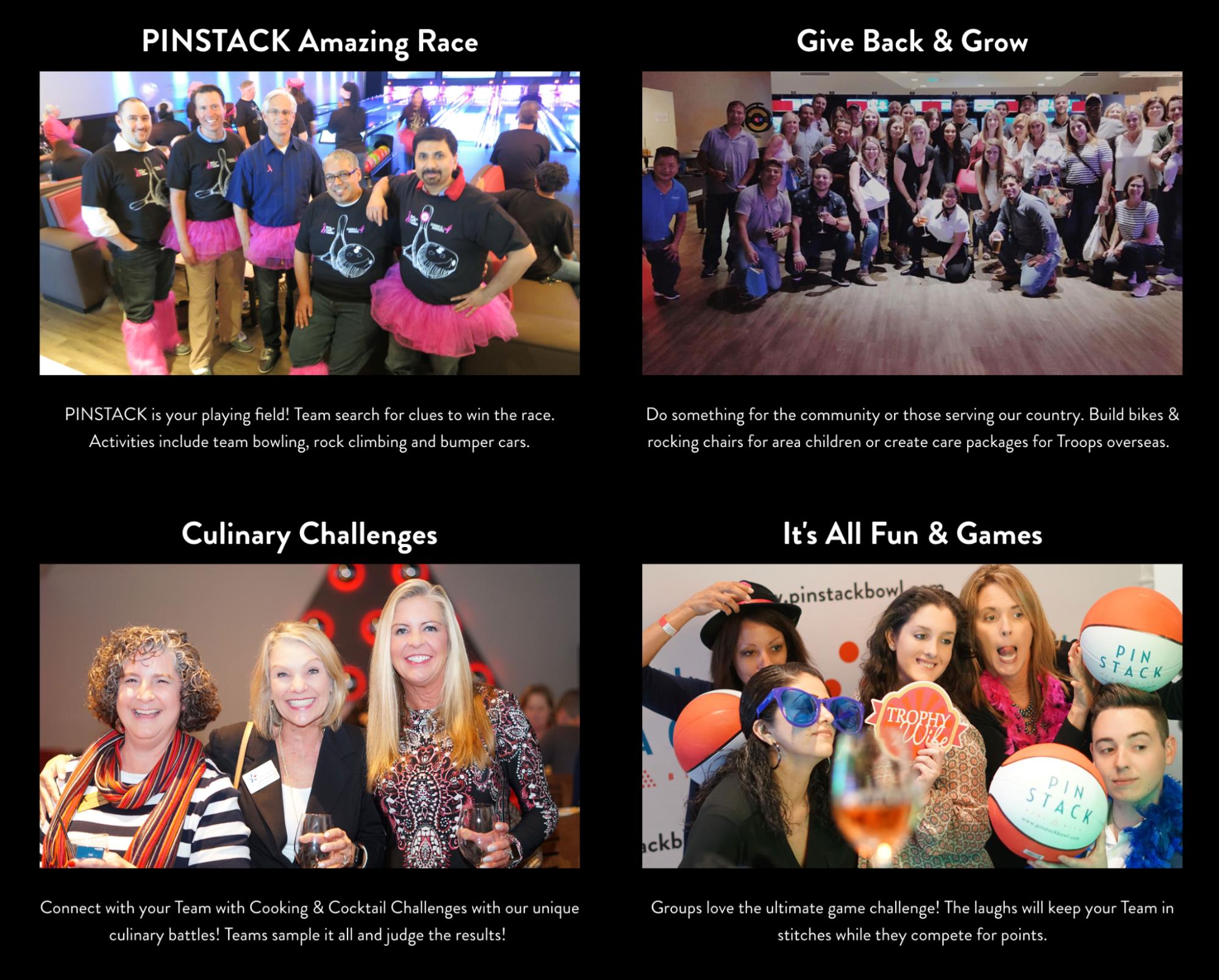
With so many options, you’re bound to find something for everyone, and all at one location.
Give your developers choices, and no one will leave unhappy – they’ll find at least one activity they’ll enjoy.
Not Planning Ahead Enough
Numerous factors go into planning team building. You must consider the number of participants, the date, the venue, the cost, transportation, and more.
Without proper preparation, you could end up with a lackluster, unfulfilling event.
A team-building expert commented on this and highlighted the additional challenges the Covid-19 pandemic brought.
With so many businesses having had difficulties, you simply can’t rely on your former tried-and-trusted team-building venues; the state of affairs might have drastically changed.
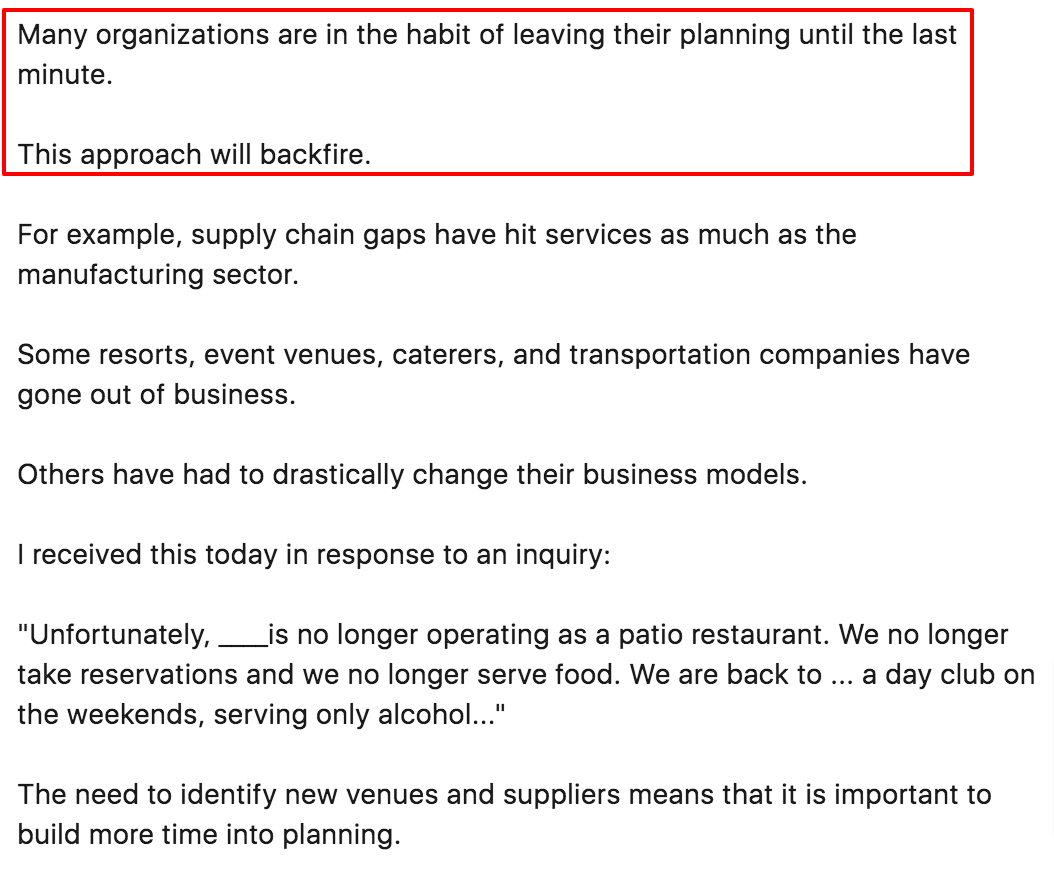
With all these additional pitfalls, it’s more important than ever to plan well in advance to ensure your team has quality team building.
The first step in planning ahead is to create a task list – everything that needs to be done for the event. Here are a few examples:
- Get a quote for food catering options
- Publish poll re. attendance
- Contact venue for directions
- Talk to HR about the transportation budget
With a comprehensive list of everything to get done, you’re much less likely to forget a task; everything will be completed in time.
Trello is an excellent tool for this. An organizational platform, Trello consists of boards, cards, and lists and helps you stay on top of all your responsibilities.
You can even assign tasks set deadlines, and color-code your tasks. Here’s a hypothetical Trello board for an office party:

With this tool, you’ll have a clear overview of what’s been done, what needs to be done, and what you’re in the middle of doing. It’ll make planning the team building significantly easier.
However, if you’re struggling or don’t have time, you can always hire an external agency.
For example, Odyssey Teams organizes fantastic team-building sessions, each with a specific aim. This saves you from arranging all the particulars yourself.
Here’s a preview of one of their programs – your developers will be building bikes for children.
This exercise is a great philanthropic effort, but it also teaches your employees how their actions, however small, make a difference.
And the best part is: you don’t have to organize it. Your developers will have a great, fulfilling event with no effort on your part.
Not Breaking Up the Established Office Groups
It’s completely normal for employees to be more inclined toward certain co-workers. This is called a friendship, and there’s nothing wrong with that.
However, when those team members begin isolating themselves and excluding their other colleagues, you have a clique.
Cliques are a problem, as they can divide your team and create a hostile environment.
Therefore, breaking up these established cliques is vital when organizing team-building.
Failing to address this issue could result in long-term resentment and toxicity in the workplace. HR expert Rosemary Haefner has commented on this:
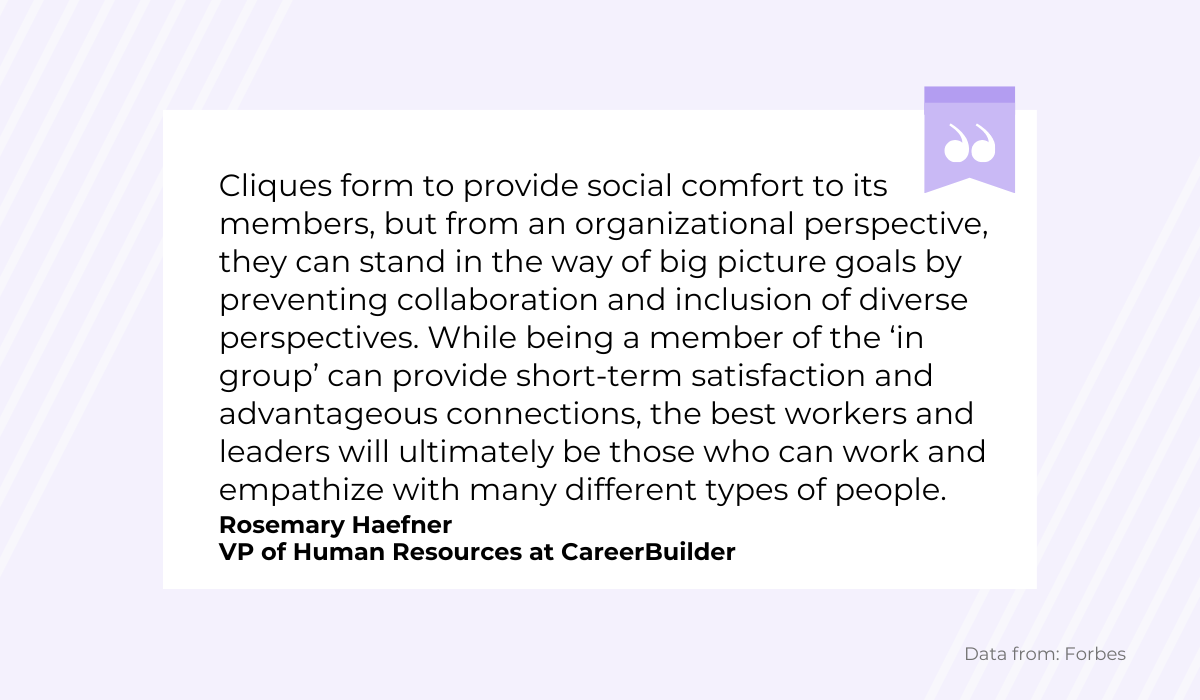
Cliques are blockers to collaboration and diversity; as a manager, it’s your job to separate these inclusive groups. It’s for the good of the team and will ultimately inspire better teamwork.
For example, imagine you’ve taken your team to paintball. Ensure you separate the clique members – put them on opposing teams.
This way, those inclusive developers are forced to cooperate with colleagues they usually ignore.
Hopefully, this should help remove the clique barriers, as it pushes clique members out of their comfort zone.
Another useful teambuilding tactic for this is organizing a ‘Take a Coworker to Work’ day.
The concept is fairly simple – one co-worker visits another, shadowing their colleague throughout the day, learning the ins and outs of their job.
The practice helps the ‘shadowing’ employee better understand work outside their own and hopefully fosters respect for other roles.
This exercise is perfect for demolishing cliques, as your reclusive developer will have to spend the entire day interacting with a colleague they usually never pay attention to.
The practice has been proven to be very well-received, as the studies have shown:
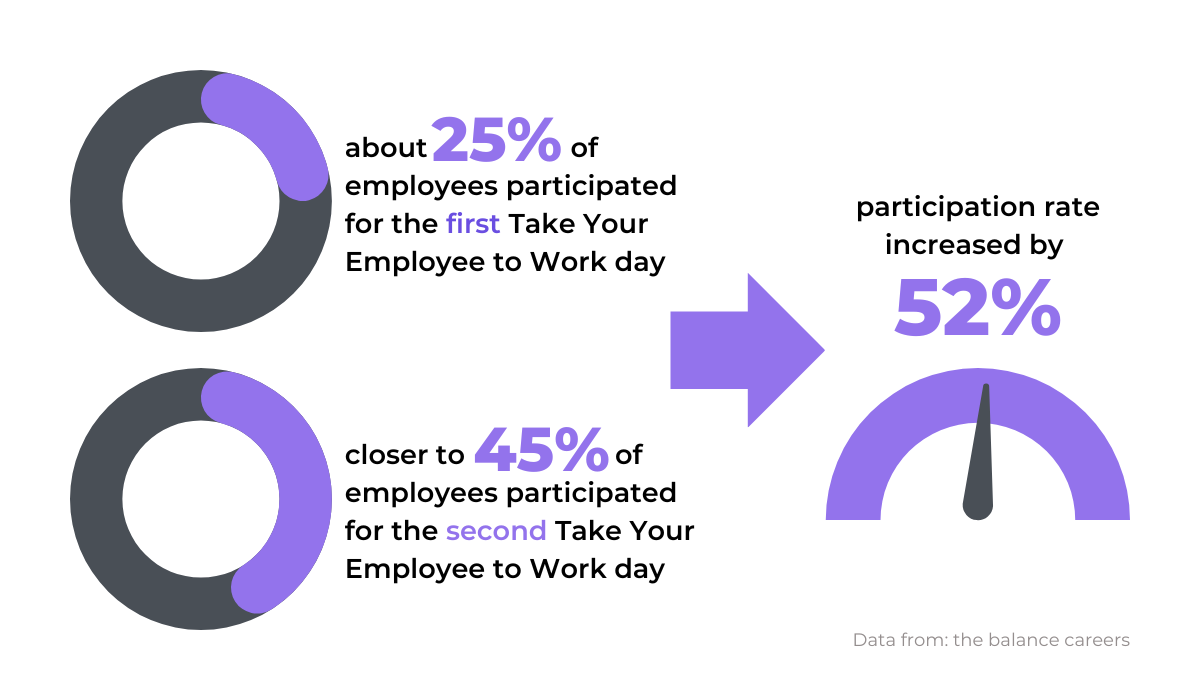
With such a high turnout, this team-building exercise is sure to help break apart cliques and foster a healthier workplace environment.
Developers have shown they greatly value collaboration, which is why breaking up cliques is particularly important.
When asked on Reddit what the characteristics of a good developer are, one engineer made the case that collaboration matters the most:
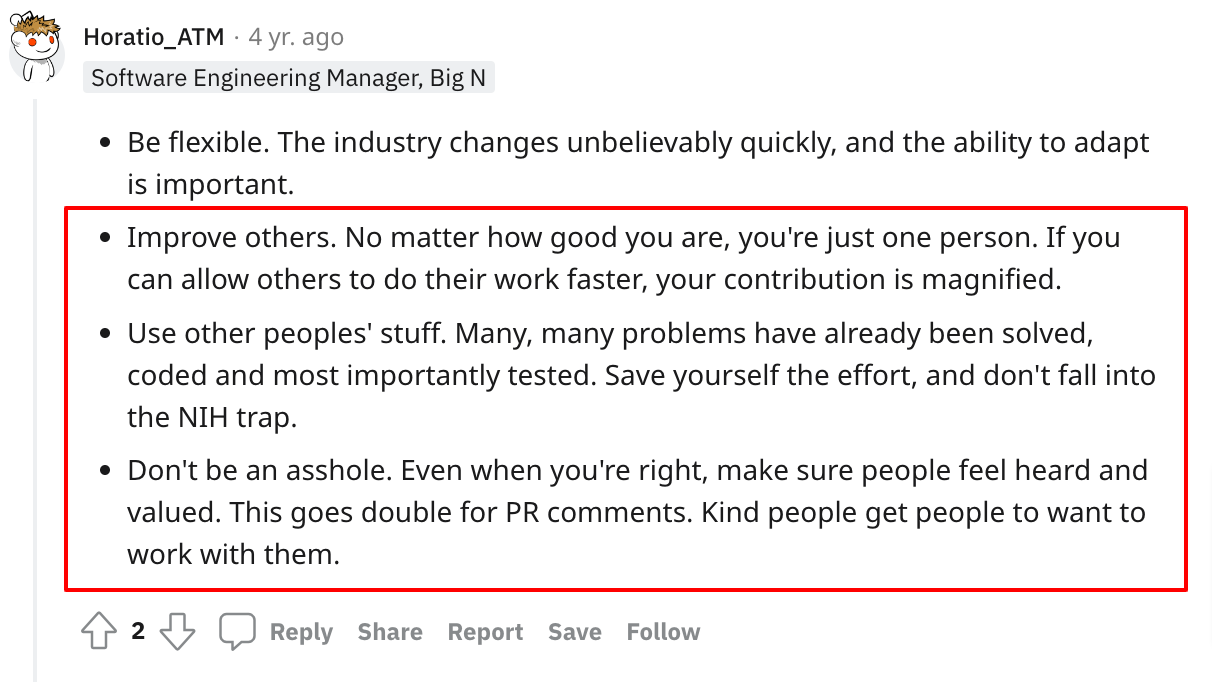
This developer is a huge advocate of teamwork and cooperation, which is impossible when cliques exist. Make sure you leverage your team building to dismantle those inclusive groups.
Not Doing Follow-up Actions
Successfully putting together an exciting and immersive team building doesn’t mean your job is over. There’s still follow-up work to do; otherwise, there’s not much point in hosting the event.
Once the team building is over, it’s time to think about how its beneficial aspects can be translated into day-to-day work.
For example, if you realized that communication was facilitated in a relaxed surrounding, consider implementing regular coffee catch-ups to discuss projects with your team.
Alternatively, if your developers communicated best in a solitary environment, increasing your one-on-one meetings would be a good idea.
In any case, don’t forget about the results, but brainstorm how to incorporate those positive outcomes into the workplace.
Furthermore, ensure to ask for feedback, as it’s good to know how your developers felt about the experience.
That way, you differentiate the positives from the negatives and ultimately plan better events in the future.
One Reddit user expressed the same sentiment, advocating for total transparency:
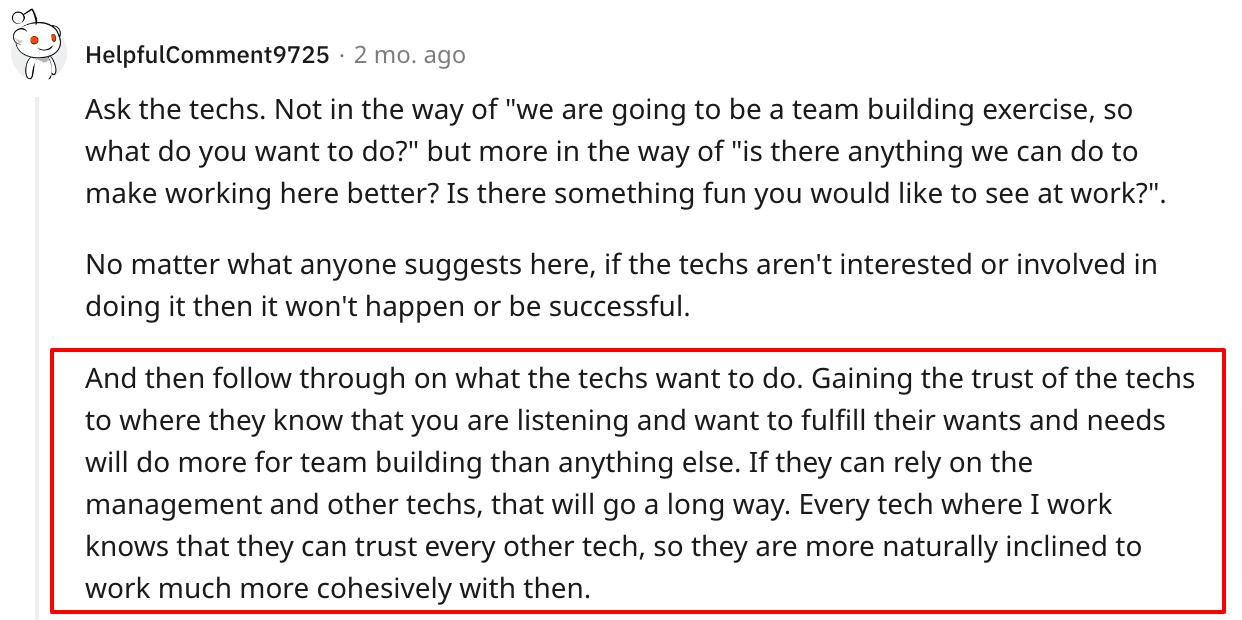
As per this post, the only way you’ll know if your team building was successful is to ask your team members directly and receive their honest feedback.
However, if you’re worried your developers might not be 100% honest in a face-to-face conversation, there are plenty of tools to gather their answers while guaranteeing anonymity.
For example, SurveyMonkey helps you create straightforward, customized questionnaires.
They also have an ‘anonymous responses’ option, so your developers feel comfortable answering frankly.
If you’re unsure what to ask, SurveyMonkey also has a post-event template you can adapt for your team-building session. Here’s a preview:
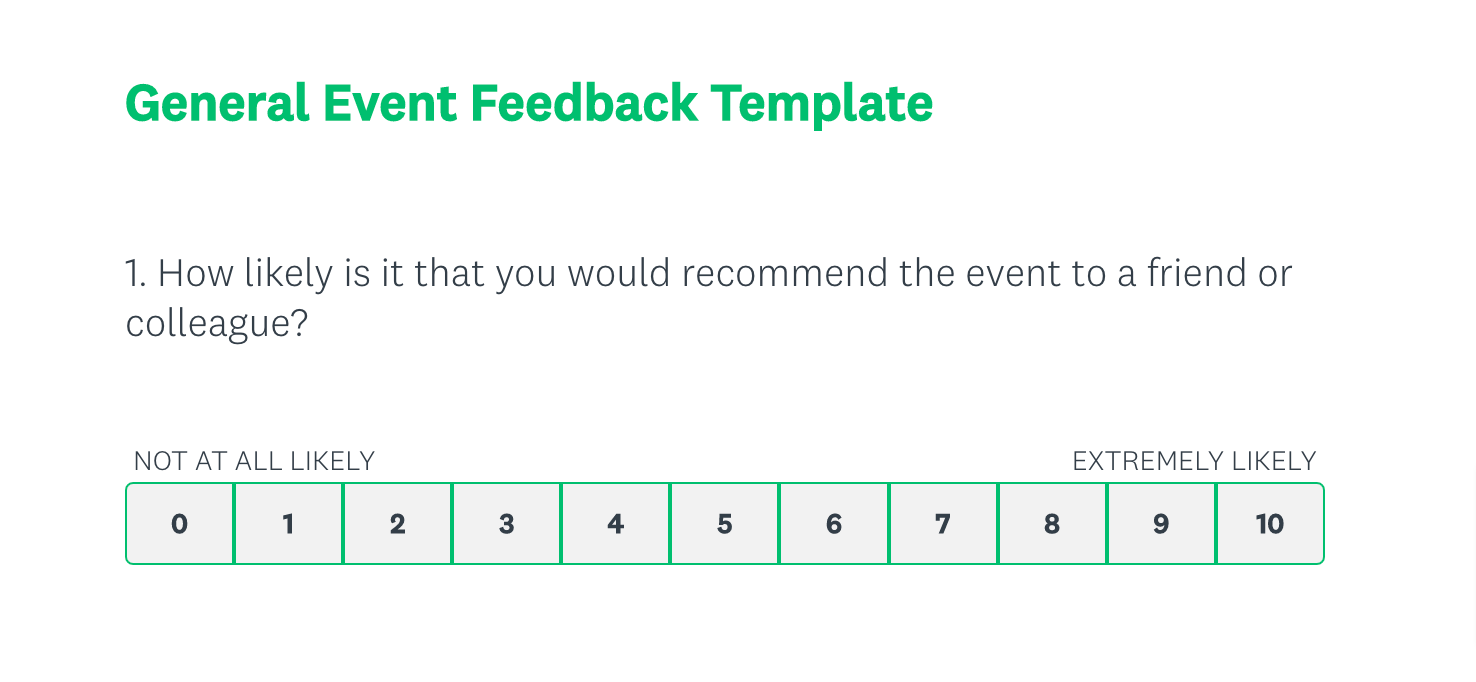
With this anonymous, pre-defined survey template, you’ll be able to collect honest feedback from your developers easily.
Finally, as the cherry on top, your developers would appreciate receiving a memento after the team building.
This item serves as an amusing reminder of the team-building exercises and shows your appreciation for everyone’s participation.
It doesn’t need to be fancy; it can be a pen, photo album, T-shirt, etc.
Here’s an example your developers will definitely appreciate – a bag to organize tech accessories:
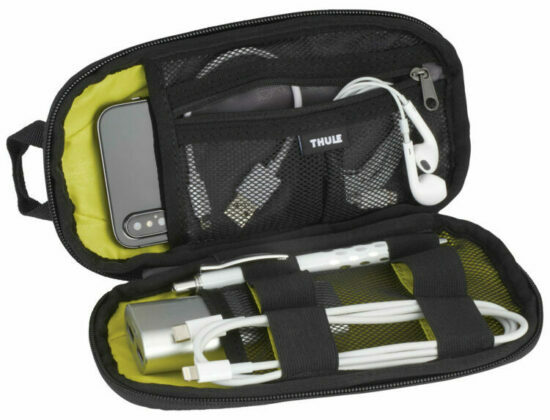
Customized with the Thule logo, a pouch is fantastic for arranging cords, cables, and more. Your developers should be thankful, as it will hold both practical and sentimental value.
Conclusion
Team building sessions are a fantastic method to strengthen bonds between team members – if done right.
When organizing your event, make sure that you plan it well in advance and with a focused goal in mind; this should result in a productive, seamless session.
Equally important is picking the right event for your team and providing them with all the necessary information beforehand.
Finally, do your best to break up any established cliques, and top off the experience with a thorough follow-up.
Stick to this advice, and your team will enjoy quality, productive team building.




